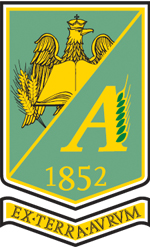Published in Scientific Papers. Series A. Agronomy, Vol. LXIV, Issue 2
Written by Natalia CÎRLIG, Elena IURCU-STRĂISTARU, Victor ŢÎŢEI
The species P. tanacetifolia has high potential due to its honey, ornamental and forage value, with special properties that make it advantageous to be grown and used in beekeeping, under the environmental conditions of the Republic of Moldova. It has been considered a plant with attractive flowers for honeybees and all the associated entomofauna. Under the climatic conditions of RM, it attracts a large range of insects, with various trophic spectra, so that pollinating species predominate in the flowering stage, which is staggered (40-55 days out of a total of 104 days of the growing season) and provides a stable and long-lasting source of food for melliferous insects. The phytosanitary monitoring carried out established the presence of a significant complex of insects, represented by 23 species included in 6 orders and 17 families. The species of the order Coleoptera (7) were predominant, followed by Hymenoptera (6), Diptera (4), Hemiptera (3), Lepidoptera (2) and Homoptera (1 species). The diversity and numerical density was higher in species of bumblebees and honeybees, as specialized pollinators of flowering plants, which visited the flowers throughout the flowering period.
[Read full article] [Citation]




